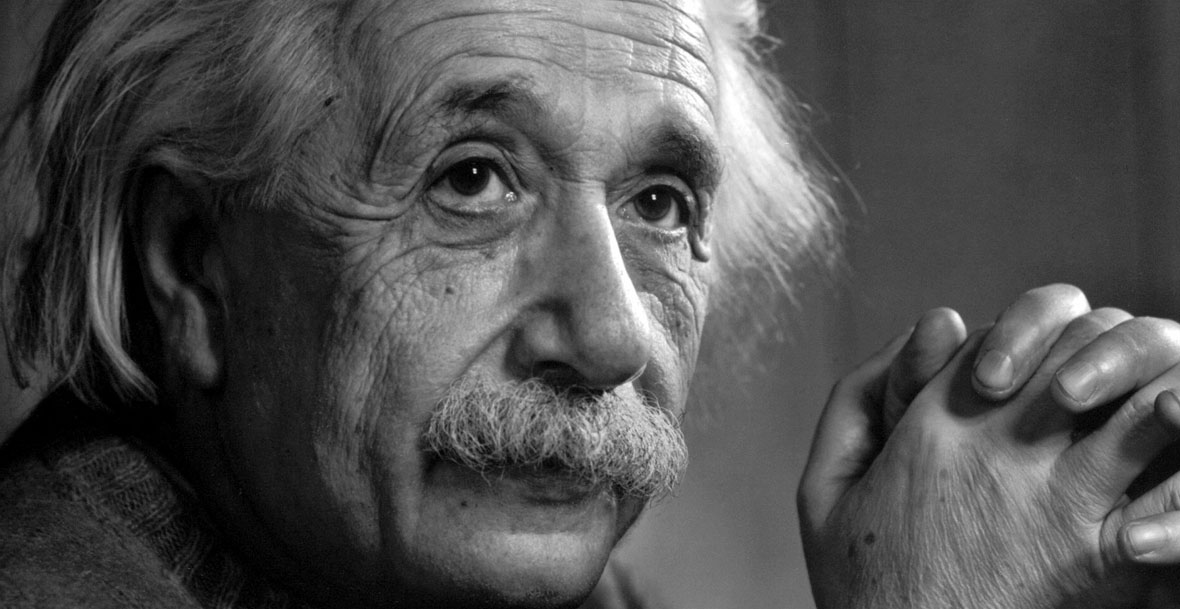The speed of light is considered to be the ultimate cosmic speed limit, thanks to Einstein’s special theory of relativity. But physicists aren’t content to assume this limit without testing it.
That’s where a new experiment with electrons comes in. Physicists measured the energy required to change the speed of electrons as they hopped from one orbital to another inside atoms of dysprosium, all while Earth rotated over a 12-hour period. This allowed the scientists to measure that the maximum speed of an electron, which, according to special relativity should be the speed of light, is the same in all directions to within 17 nanometers per second. This measurement was 10 times more precise than previous tests of electrons’ maximum speed.
So far, Einstein still comes out on top, and the theory holds. But the researchers hope to follow up the experiment with a more precise trial that might prove capable of poking holes in special relativity. That could actually be a good thing, scientists say, at least in terms of the advancement of physics.
“As a physicist, I want to know how the world works, and right now our best models of how the world works — the Standard Model of particle physics and Einstein’s theory of general relativity — don’t fit together at high energies,” physicist Michael Hohensee of the University of California, Berkeley, said in a statement. “By finding points of breakage in the models, we can start to improve these theories.”
The next iteration of the experiment should be up to a thousand times more sensitive, which may prove powerful enough to finally discover deviations from the predictions of special relativity, potentially pointing the way toward a more sophisticated theory that can resolve some of the current mysteries of physics.
“This technique will open the door to studying a whole other set of parameters that could be even more interesting and important,” Dmitry Budker, another physicist at the University of California, Berkeley, said in a statement.
While similar questions about thespeed of light could be investigated by high-powered experiments like the huge atom smasher in Switzerland, the Large Hadron Collider (LHC), the electron experiment here was relatively simple and inexpensive.
“You can try to probe these theories using big accelerators, but you would need to produce electrons with seven times the energy of the protons at the LHC,” Hohensee said. “Or you can look at high-energy phenomena in distant stars or black holes, but those are not in the lab and not fully understood. Instead, we can look for evidence that the standard model or general relativity break at low-energy scales in small ways in a tabletop experiment.”
The research will be published in an upcoming issue of the journal Physical Review Letters.
Follow Clara Moskowitz on Twitterand Google+. Follow us @livescience, Facebook& Google+. Original article on LiveScience.com.






3 Comments on “Speed Of Light Experiment Confirms Einstein Theory”
“…electrons as they hopped from one orbital to another…” – ha!
Is that what they’re doing, hopping? Is that the scientific term for that now? I thought they teleported.
I’m confused. It was my impression that electrons do not “travel” from one orbit to another but make the jump without actually ever moving through the space between orbits – another one of those quantum mysteries. Can anyone clear that up for me?
Since 1983 the accepted value of the speed of light (c) is huge: 299792.458 km. per second in vacuum, so what is the distance should be covered by the speed of light in a day, it is an out of imagination value, no distance on the surface of earth is suitable, it necessitates to be described; an astronomical measure by the motion of a celestial objet with a known motion, hence the moon is the choice; because it is the nearest celestial object and its motion around earth is known well.
In Physics; the light and all physical forces in nature have a unified uppermost magnitude of speed, in vacuum, i.e. in a system of motion isolated from any outside effect. So, to use the E-M system as a measure in a Balanced Equation with light; it should be isolated also from any outside effect, i.e. as it was reckoned before that earth has no motion around sun, and the moon is devoid from the variation ratio in distance; that cannot be detected by the naked eye.
By using the isolated E-M system as a measure to the distance covered by the speed of light in a day; the motion should be relative to a far star, hence the moon’s mean orbital velocity should be analyzed in the original direction after a cycle; and the rotation period of the earth (a sidereal day) is considered, which is: 86164.09966 seconds. According to NASA; the moon’s average orbital velocity is about: 1.023 km./ seconds (Revised 08-01-2014)4, By calculation using the value: 1.022794272 (about 1.023) km./ seconds; the distance covered by the speed of light in a day is comparable to the distance covered by the moon in 1000 lunar years (12000 cycles), as the lunar year is considered in the lunar calendar since ancient times as 12 cycles of the moon around earth.
The average moon’s velocity is: 1.022794272 km./ seconds, the basic ratio is: 0.8915725423; so the basic moon’s velocity is: (1.022794272 × 0.8915725423) = 0.9118952893 km./ seconds. The moon’s revolution period (T’) is: 27.32166088 mean earth days = 27.32166088 × 24 × 60 × 60 = 2360591.5 seconds, hence the length of the basic moon’s orbit (L’) after one cycle = v’ × T’ = 0.9118952893 × 2360591.5 = 2152612.269 km., the lunar distance in 12000 cycles = 2583134723 km., then the speed of light in vacuum is: 2583134723/ 86164.09966 = 299792.458 km. per second, which is the exact known and accepted value in Physics for speed of light in vacuum since 1983.